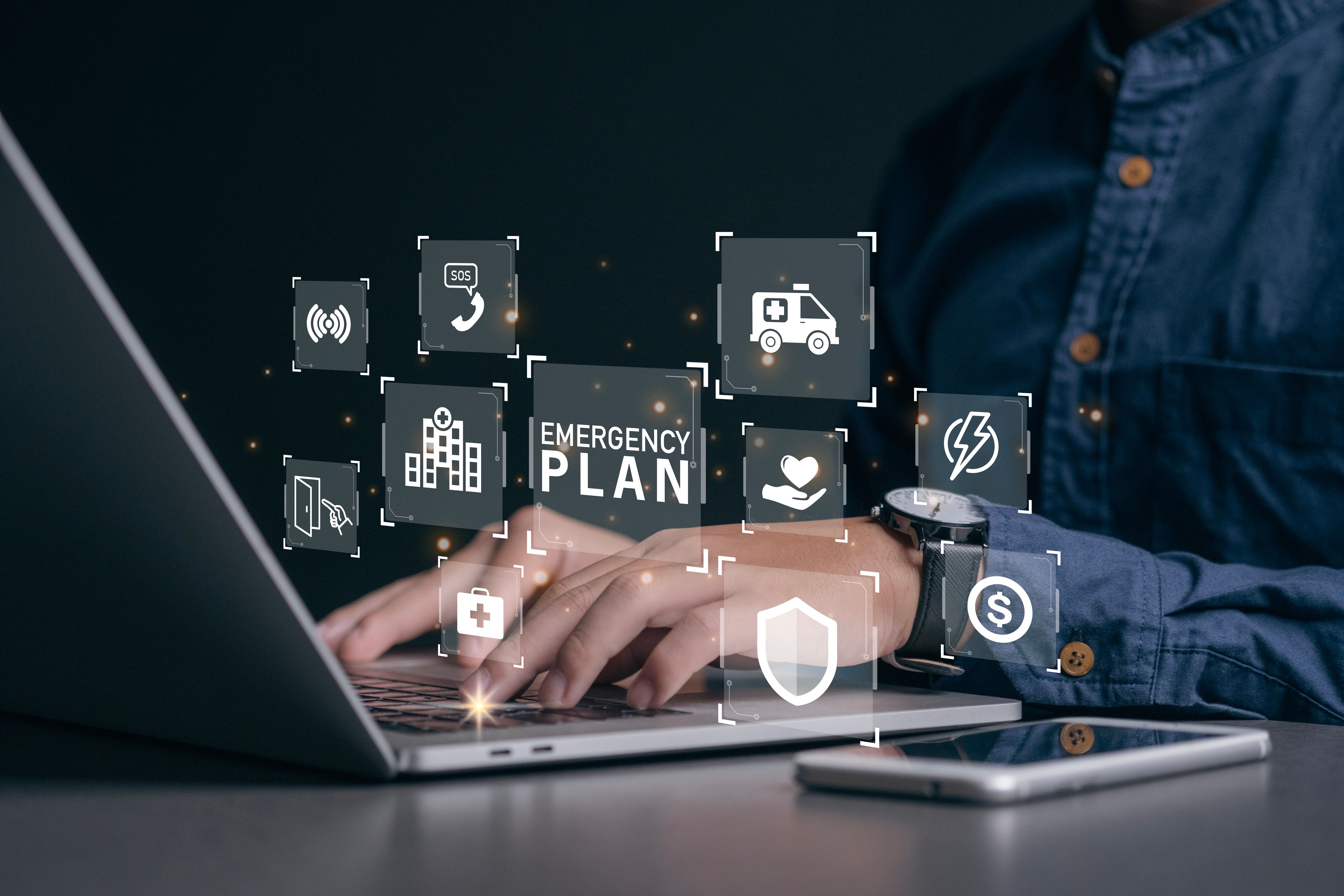Blockchain Innovations in Pacific Disaster Relief Coordination
The Role of Blockchain in Disaster Relief
In recent years, the Pacific region has faced a growing number of natural disasters, ranging from cyclones to earthquakes. These events often result in widespread devastation, requiring efficient and effective coordination for disaster relief efforts. One emerging solution to enhance these efforts is the use of blockchain technology.
Blockchain, a decentralized digital ledger, offers unique advantages that can address the challenges faced in disaster-stricken areas. By providing transparency, security, and speed, blockchain innovations are transforming how aid is distributed and managed. In this post, we explore how blockchain is making a difference in Pacific disaster relief coordination.

Enhancing Transparency and Trust
One of the major challenges in disaster relief is ensuring that aid reaches those who need it most. Traditional systems often suffer from a lack of transparency, leading to mismanagement and fraud. Blockchain technology tackles this issue by creating a public and immutable record of all transactions. This ensures that every donation and resource allocation is traceable and verifiable.
This transparency fosters trust among donors, governments, and aid organizations, encouraging more contributions and support. Stakeholders can confidently participate in relief efforts, knowing that their resources are being utilized effectively and ethically.
Streamlining Resource Distribution
Speed is critical when responding to disasters. Delays can exacerbate the impact of a disaster, leaving communities vulnerable. Blockchain innovations facilitate faster distribution of resources by automating processes through smart contracts. These self-executing contracts ensure that funds and supplies are released promptly when predefined conditions are met.
This automation reduces the need for intermediaries, minimizing bureaucratic hurdles and accelerating response times. As a result, aid can be delivered more efficiently, saving lives and reducing suffering in affected regions.
Improving Data Management
Accurate data is essential for effective disaster relief coordination. Blockchain provides a secure platform for storing and sharing data among various stakeholders. This ensures that all parties involved have access to real-time information, allowing for better decision-making and resource allocation.
The decentralized nature of blockchain also protects data from tampering or loss, which is crucial during chaotic disaster situations. This reliability helps maintain continuity in relief efforts, even amidst challenging circumstances.

Case Studies in the Pacific
Several Pacific nations have begun exploring blockchain solutions for disaster management. For instance, some countries are piloting blockchain-based platforms to distribute aid more effectively after natural disasters. These initiatives demonstrate the potential of blockchain to revolutionize disaster relief operations in the region.
Collaborations between governments, non-governmental organizations, and tech companies are essential for scaling these innovations. By working together, stakeholders can harness the full potential of blockchain technology to improve resilience against future disasters.
The Future of Blockchain in Disaster Relief
As blockchain technology continues to evolve, its applications in disaster relief are likely to expand. Future innovations could include integrating blockchain with other technologies such as artificial intelligence and the Internet of Things (IoT) to further enhance disaster response capabilities.
Overall, blockchain holds significant promise for transforming disaster relief coordination in the Pacific and beyond. By embracing these innovations, the region can build more resilient communities and save countless lives in the face of adversity.
Blockchain for Disaster Relief Coordination Explored in Pacific Region
